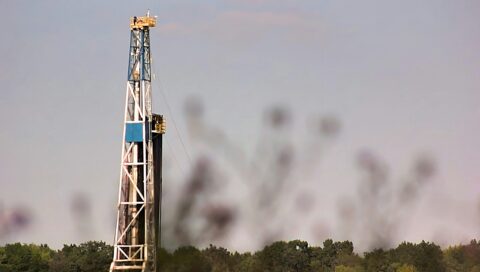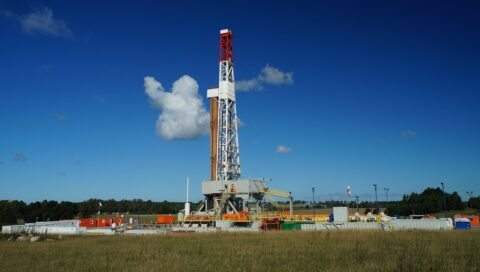Your cart is currently empty!

Incorrys recently completed a comprehensive analysis of North American Natural Gas supply, and…
Western Canadian natural gas production is currently constrained by market access leading to depressed…
Incorrys uses breakeven cost analysis (also known as full cycle cost) to forecast future natural gas…

This report provides an analysis of full cycle costs of new natural gas wells drilled during the period…
While most countries are reducing emissions to battle climate change globally, they continue to rise…
The report provides Incorrys’ detailed gas production outlook for the major US gas supply basins and…

Incorrys expects global coal production to be relatively flat over the coming years, increasing a total of just…
Global generation from hydropower is expected to drop by about 2% in 2023 primarily due to drought…
The US is expected to reach ~ 12.0 Bcf/d of Liquefied Natural Gas (LNG) exports in 2023, up 17% from 2022…
Subscribe to Incorrys Information System
Decisions in complex industries requires more than just data, it requires a thorough understanding of the data and the appropriate context. A subscription to Incorrys Information System provides you an access to our comprehensive statistical data on the Global Energy Markets, Disruptive Technology, and Environmental Management and Policy.
In addition, we offer our Enterprise subscription focused on in-depth analysis of the North American oil and gas industry that will provide answers to the most pressing questions and issues. It covers the full value chain (supply, demand, costs, transportation, storage and pricing) for oil, natural gas, natural gas liquids (NGLs), and liquefied natural gas (LNG).
Incorrys Information System: Statistics and Industry Reports
Incorrys Videos on energy transition and the environment
Incorrys Articles on major trends in energy transition and the environment
Incorrys Newsletter: Articles, Webinar Announcements, and more
Webinars related to recent trends in world’s energy transition
In-Focus Reports: In-depth analysis of the North American Oil and Gas Industries
Two Custom Debriefings: Fall and Spring debriefings tailored to your needs
Custom Consulting: Incorrys experts are available for ad-hoc consulting at any time
Most Recent
YES
Most Recent
YES
NO
NO
NO
NO

